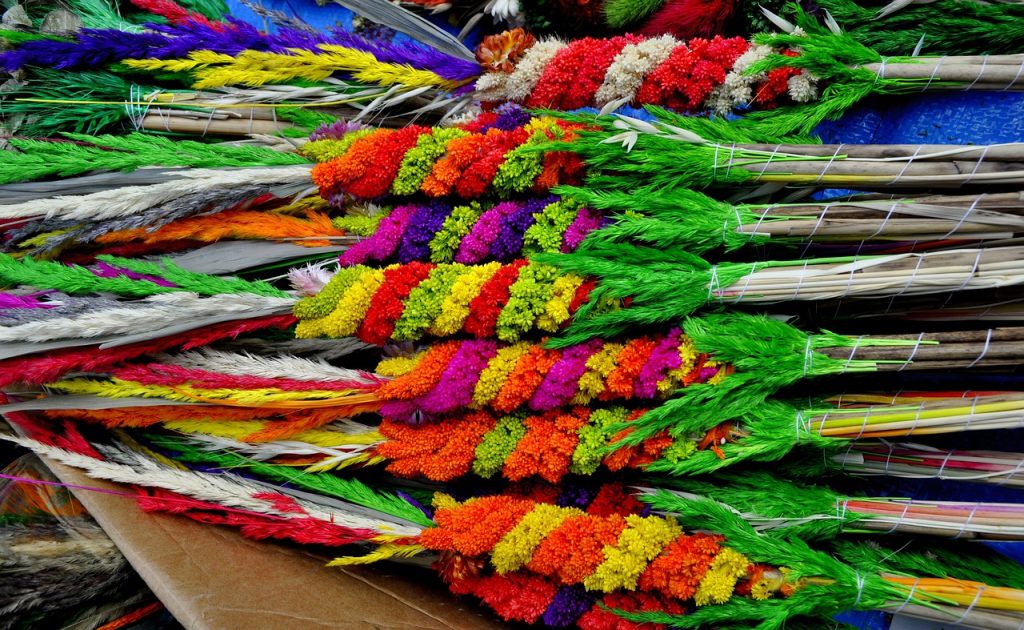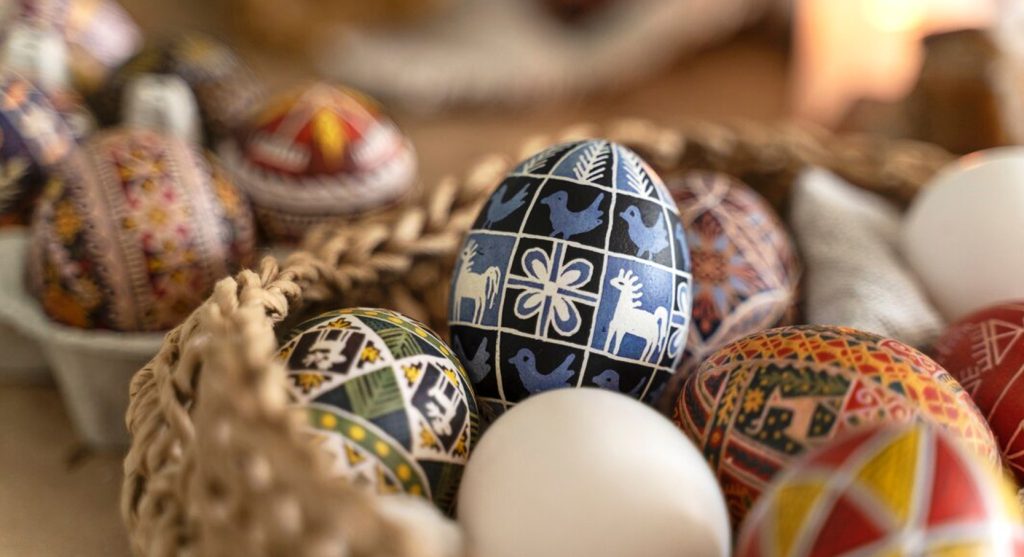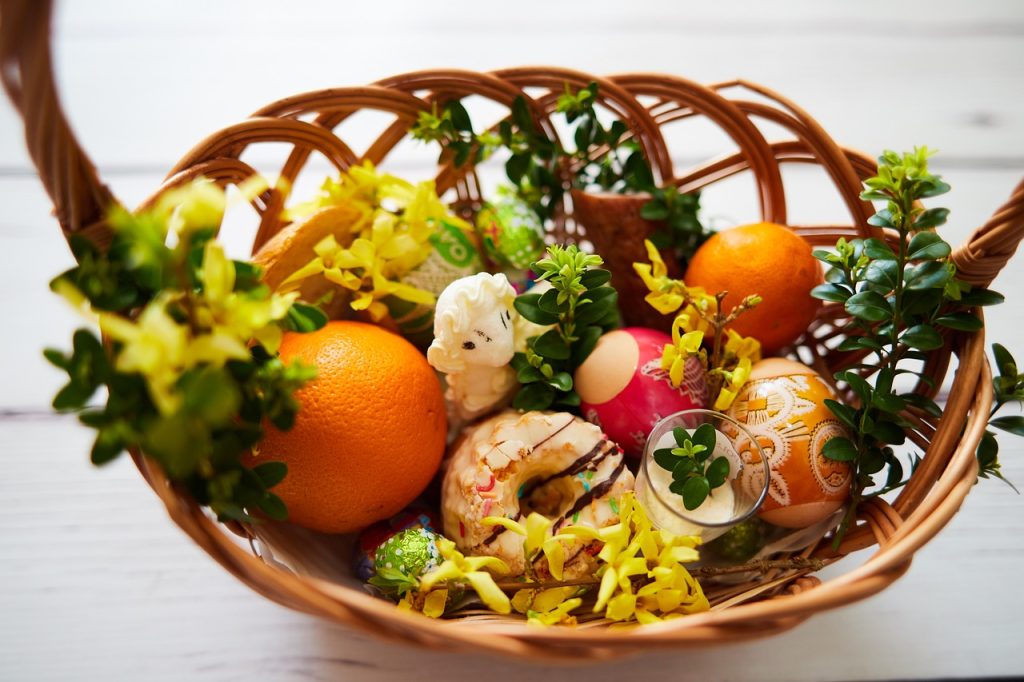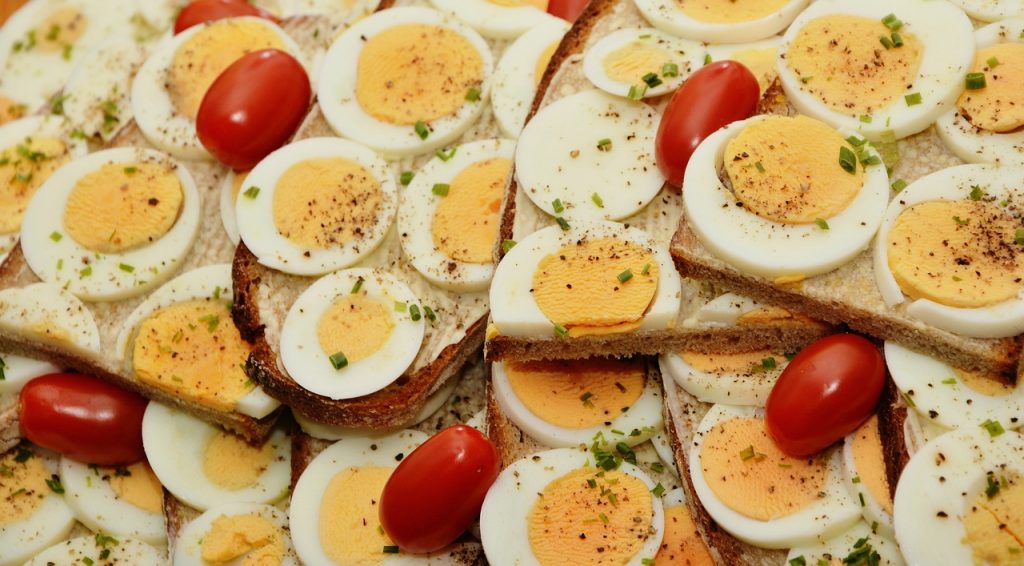Easter is the oldest and most important of all Christian holidays. Christ’s death on the cross and his Resurrection symbolises in the Church the victory of good over evil. It is also a time of joy and hope for Christians, hoping to overcome all obstacles. Easter is accompanied by many interesting religious traditions and rituals. Zofia Furman from the Promotion Department of the Lublin Village Museum told us how Easter used to be celebrated in the past.
Lent in the countryside: a time of penance and reflection
Historically, Easter was celebrated in the villages in a traditional and ritualistic way. Starting with Ash Wednesday, which marked the beginning of Lent, people approached fasting with great seriousness. Meat, fat and, in some cases, dairy products, milk and eggs were not eaten. Housewives scrubbed their pots with ash to get rid of any leftover fat. People in the villages were very quiet and serious during this period; there were no jokes or parties. It was a time of penance and meditation.

Traditions and pranks to break the fast
The day falling in the middle of the fast was the only day during which young people played various pranks and tricks. It was mostly boys who specialised in this, paying particular attention to the places where young ladies lived. They used to make fun of unmarried maidens and bachelors by creating straw puppets called “Cossacks” and placing them in front of their houses. This was supposed to be an incentive to get married. What’s more, unmarried women had their windows painted with limestone. After such a day to break the fast, everyone would quiet down again.
Easter Palm
Another important day was Palm Sunday. Palms were prepared by hand. It was obligatory to include a willow tree, symbolising new life, and the reed with which Jesus was struck during his Passion. The palms were blessed and when leaving the church, they were hit on the head, wishing each other good health and rejoicing that in a week’s time the fast would be over and meat dishes could be eaten. It was believed that after consecration, the palm gained magical powers – it protected the farm from crop failures and disasters and also had the power to heal.

Holy Week
Holy Week was the most important period during the Easter holidays. People only worked until Holy Wednesday. After that, they no longer did laundry, mended fences or even baked bread on Good Friday. It was believed that working on these feast days could bring crop failures, drought, hail and downpours to the farm.

On Maundy Thursday, the bells were silent as a sign of mourning for the betrayal of Judas. As a sign of this silence, the boys at this time prepared various noise-making objects resembling bells or knockers to ward off evil forces.
Ladies during Holy Week were also busy painting Easter eggs for the Easter basket. On Good Friday, on the other hand, food was prepared for blessing.
Holy Saturday
On Holy Saturday there was a solemn celebration of the blessing of food. Everything on the table had to be sacrificed. The housewives would prepare the food in large baskets and go to an agreed place, either a chapel or church, where it was blessed by a priest. After the consecration, the housewife had to go round the farmyard three times to drive out the evil spirits. The holy food was taken to the chamber and only on Easter Sunday could it be eaten.

Easter Sunday – a day with the family
Easter Sunday began with a morning service – the resurrection. It was a tradition for young people to race home after mass. It was believed that the one who reached home first would quickly get married or get married. The tradition disappeared in most villages with the advent of cars, but in some villages you can still see racing after the resurrection, albeit in cars. Easter Sunday was a family day, no visitors went. It was a lazy day, the housewife did not clean or do the washing up, she did not even have to comb her hair on this day. Easter Sunday was for relaxing and spending time with the immediate family.

Lany Poniedziałek (Easter Monday)
The most distinctive and fun day during the Easter holidays was Lany Monday, also known as Śmigus-dyngus. It was a day when bachelors went to the maidens and doused them with water. Being doused with water meant that the maiden was attractive to the boys, and no one was offended by this. In some villages, maidens tried to redeem themselves with beautiful Easter eggs, but usually ended up being doused anyway. The traditions of Easter carol singing are also well known. Boys would go around with a cross decorated with flowers, visiting farms, making wishes and singing songs. They could also walk with a cockerel, which is a sign of bravery. The girls, on the other hand, would walk around with a branch called a gaika, singing songs and making wishes.
Nowadays, Easter celebrations take different forms. Nowadays, the influence of Western traditions, such as the search for Easter eggs or presents “hidden” in the night by the bunny, is becoming more and more apparent. It is certainly worth preserving our native traditions, which have been handed down from generation to generation, as they are part of our culture.
So may the Easter holidays, whatever way they are celebrated, be a time full of hope, joy and goodwill for us all.
pictures: freepik.com, pixabay.com
